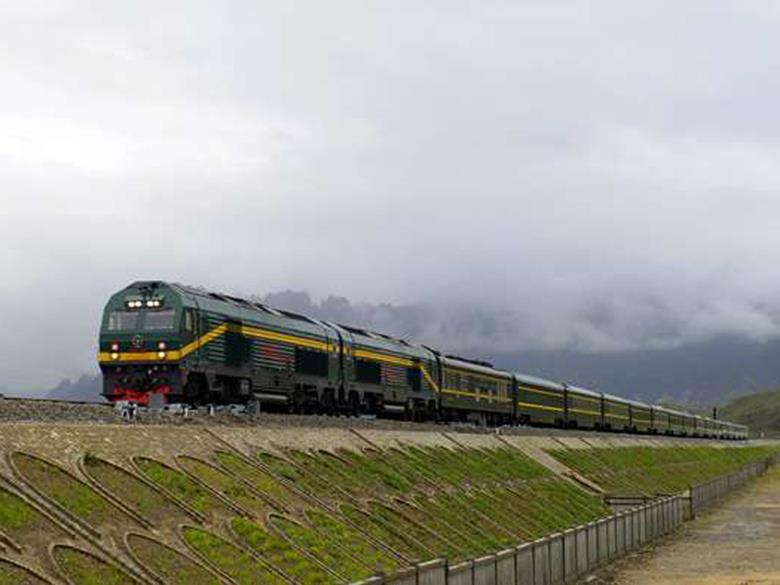By Choekyi Lhamo
DHARAMSHALA, June 22: China’s growing infrastructure is making huge investments in the border areas of Tibet and Arunachal Pradesh. State-owned companies completed part of an important railway bridge on the Yarlung Tsangpo on Saturday, reported HT. This is part of Beijing’s 435-km railway project linking Lhasa and Nyingchi in the Tibet Autonomous Region (TAR).
The Yarlung Tsangpo river double-lane bridge is over 525-metre and is the key bridge in the project. The river which flows into India as Siang and then Brahmaputra River is set to become the linking point reaching the end of the railway line which is likely to be just across the border of Arunachal Pradesh which China claims as part of South Tibet.
On April 7, China’s official media announced that the construction work on the last two of the 47 tunnels on the 435-km railway were completed, “As Tibet’s first electric railway, it has a designed speed of 160 km per hour”. 75% of the Lhasa-Nyingchi railway comprises bridge and tunnels and 90% of the railway line is on the Tibetan plateau at over 3,000 metres or more than 15,000 feet above sea level.
More than 20,000 builders have been working on the railway project from the end of 2014. The project is expected to be put into operation by 2021. China has also built scores of highways across TAR with links to Nyingchi. As part of a broader policy, Beijing has also begun to encourage wealthier Chinese provinces to invest in TAR, especially in border areas like Nyingchi.
26 construction projects in sectors including infrastructure, public services, and tourism in Nyingchi were officially launched in the last two weeks. It is to be sponsored by South China’s key industrial powerhouse, the province of Guangdong.
HT reported that President Xi Jinping had asked Tibetan herders to settle down in remote locations close to the Arunachal Pradesh border in 2017. The Chinese president wrote a letter to a herding family in Lhunze County in TAR to set down roots in the border area to safeguard the Chinese territory and develop their hometown.











One Response
US interests in China have always been leaning towards Kissinger’s policy set into place back in the 70s. The average people have their own say about infrastructure development. You see it all over the place from SE Asia to Africa.
Worthwhile to see how the lives of indigenous people in former Commonwealth nations has fared among majority. Burma is a good example given the many ethnicities involved but certainly not the only neighboring place. Laos is also a good example.